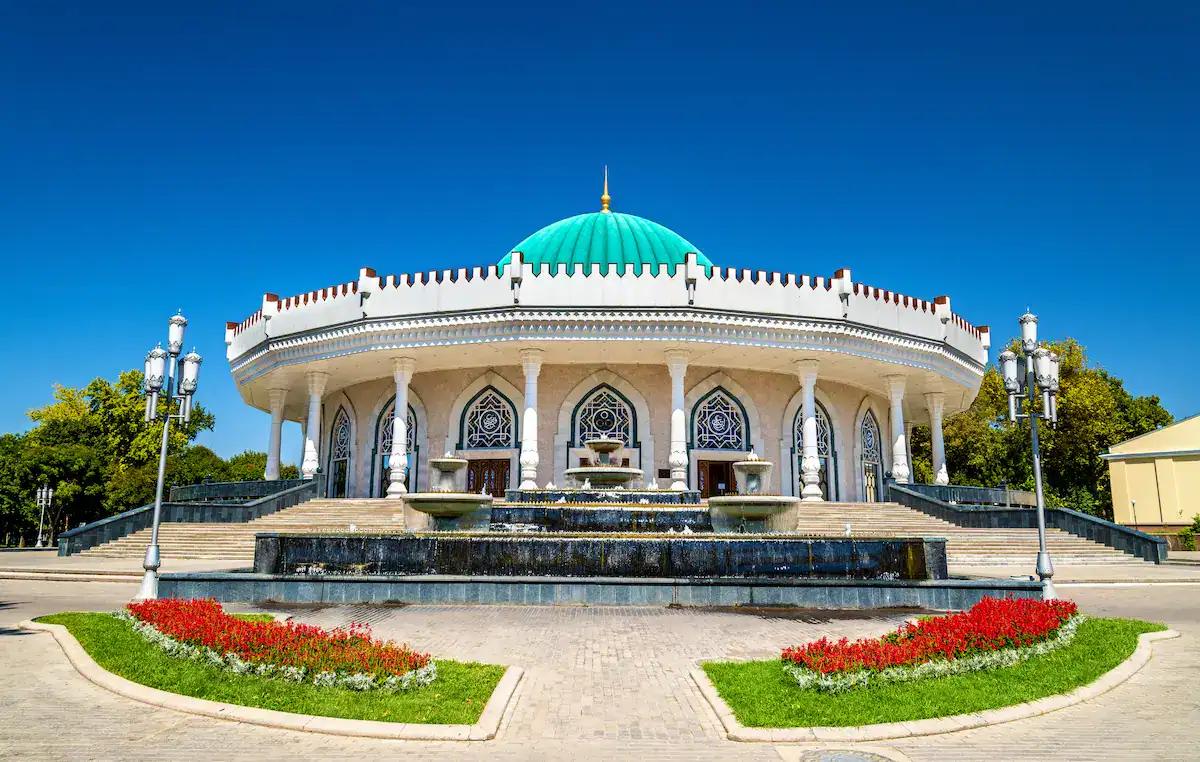

Stay flexible with free cancellation and the option to reserve now and pay later at no additional cost
Reliable service backed by 5-star reviews
Assistance whenever you need it
Personalized tours designed to meet your preferences
Discover the tours our travelers love the most
Reserve Now & Pay Later to secure the activities you don't want to miss without being locked in
Handpicked by our guests — these tours are the most loved and highly recommended experiences
Skip the hassle of taxis. Book your private transfer in advance and travel with confidence
You'll receive a full refund if you cancel at least 24 hours in advance of most experiences

Your interests, our experts — together,
we create a personalized journey of distinction